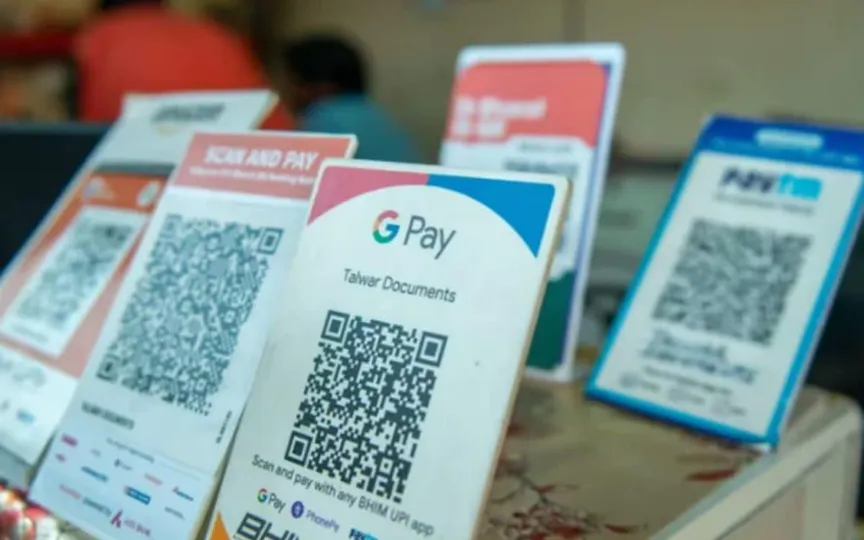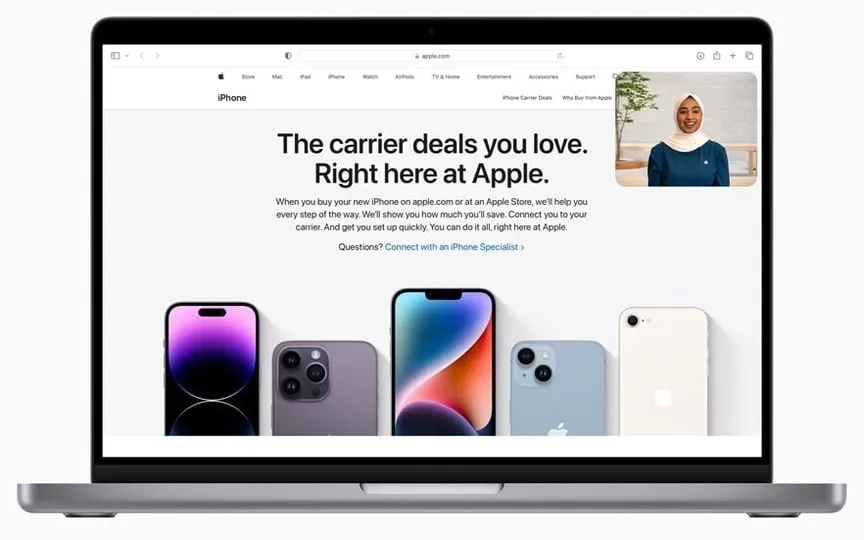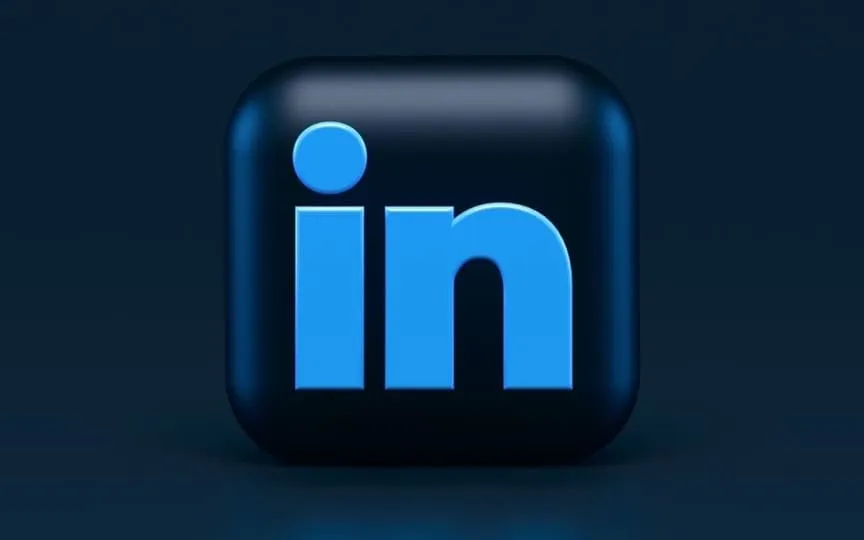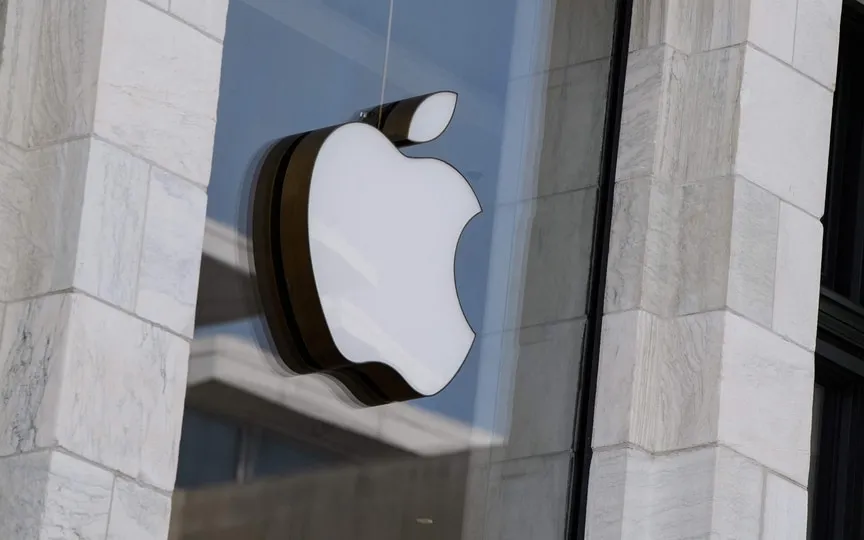UPI Payments: Beware! Never Use These Apps with Google Pay!
When it comes to UPI transactions, Google Pay stands out as one of the most reliable and secure methods, which is why it is also one of the most popular options. To maintain this level of security, it has implemented safeguards such as artificial intelligence and anti-fraud technology. These measures are used to identify fraudulent transactions in real time.
However, it cannot be present all the time, and in certain use cases, a fraudster or other malicious party can exploit certain applications, such as “Screen Sharing” applications, to gain access to your banking information. In fact, Google has warned users against using these apps when making payments on Google Pay.
What are screen sharing apps and how can they hurt you?
While these apps can be useful for remote assistance and collaboration in a work environment, bad actors can sometimes trick users into installing them. By doing so, they can obtain bank details while users are transacting.
“Google Pay will never ask you to download or install a third-party app for any reason. If you downloaded these apps, make sure they’re closed before using Google Pay,” notes Google.
“If someone impersonated Google Pay and asked you to download these apps, please remove and delete them immediately. You can also report this issue to Google Pay,” it added.
You can check examples of screen sharing apps here.
These applications allow another user to monitor activity on someone else’s screen and, depending on the device, even take control. So imagine if a scammer has tricked you into installing one of these apps without your knowledge. As you continue to enter the UPI code, you can understand what would happen, right?
So avoid using these remote viewing and screen sharing apps if you don’t need them. However, if they are necessary for your work, don’t open them while doing transactions, checking bank details, OTPs and more.




